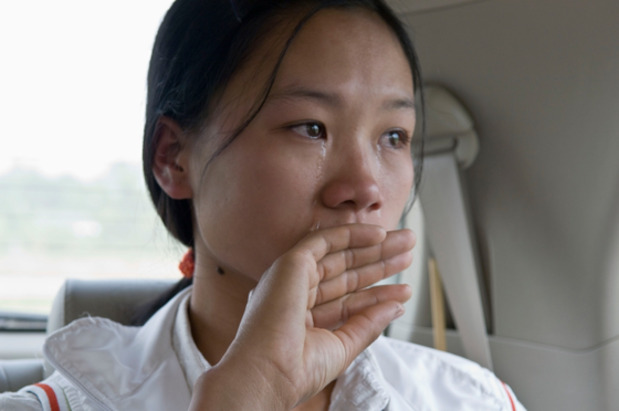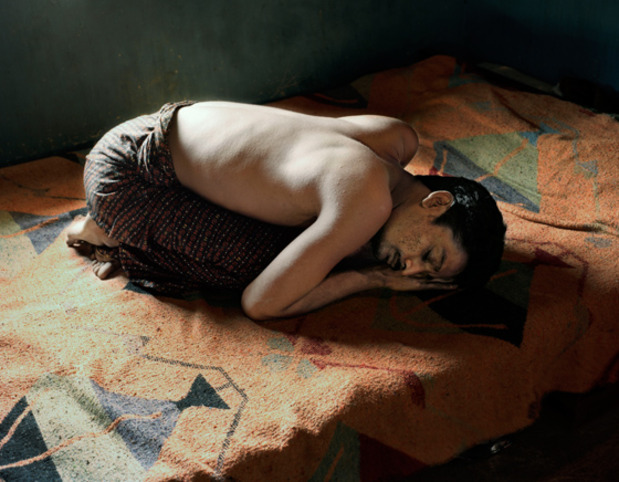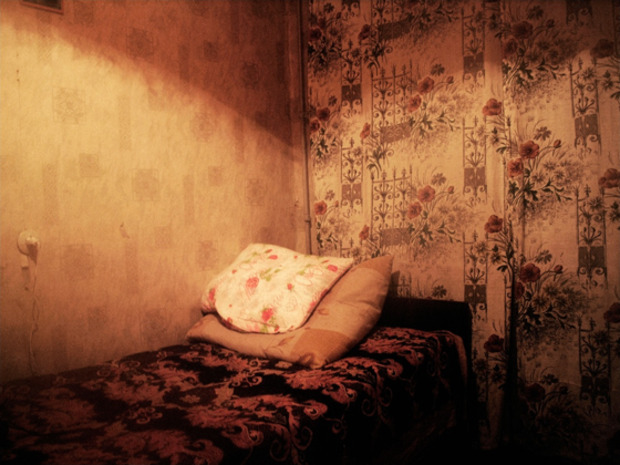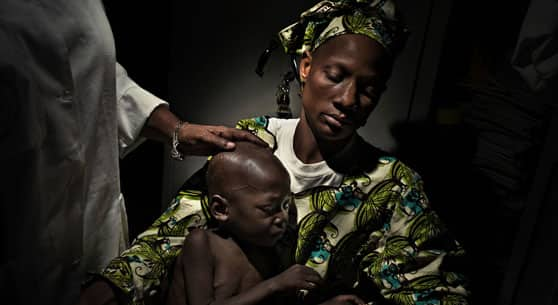Today is World AIDS Day, and to mark it we are showcasing Access to Life, a collaboration between Magnum Photos and the Global Fund—the organization that puts all of the money generated by (RED) to work on the ground in Africa and provides a quarter of all international financing for AIDS globally. For the project, eight photographers portrayed thirty people in nine countries around the world before and four months after they began antiretroviral treatment for AIDS. We have excerpts from three of the projects, from Haiti, Russia and Mali. See those photos in their individual posts, and read more about the project and see more photos from across the world after the jump. For a multimedia gallery, visit our Access to Life feature page.
Young people under the age of 25 account for half of all those who become infected with HIV/AIDS. Since 1981, over 25 million people are estimated to have died of AIDS while 15 million children have been orphaned by the disease. Today, according to the World Health Organization, there are 33 million people across the world living with HIV/AIDS and millions of people continue to be infected with HIV/AIDS every year. However, although still incurable, contracting HIV/AIDS is no longer a death sentence. If treated early enough those infected can return to a healthy, normal life and live with aids rather than die from it. Since the mid nineties antiretroviral (ARV) drugs have been used to combat the disease. But for too long economic circumstance defined who would receive the treatment and consequently who should live and who should die.
 Hanoi, Vietnam, 2007. Photograph Steve McCurry/Magnum Photos
Hanoi, Vietnam, 2007. Photograph Steve McCurry/Magnum Photos
The theme for this years World AIDS Day is Universal Access and Human Rights, and it is in this spirit that the Global Fund has led the initiative to make available affordable treatment to those who need it. Since its inception in 2002, the Global Fund, with the support of multiple international effort—including the 2003 US Emergency Plan to Fight AIDS—have brought treatment to some of the world's most impoverished, providing three million people access to ARVs.
 Mali, 2008. Photograph Paolo Pelligrin/Magnum Photos
Mali, 2008. Photograph Paolo Pelligrin/Magnum Photos
However the battle is far from over. The fear and stigma surrounding HIV/AIDS is still immense and the decimation of societies continues. There are still an additional six million who need access to ARV treatment, and for each person who receives the treatment there are two others who are newly infected.
The resultant Access to Life photo essays documenting the efforts to make ARV treatments globally available bring us their stories, give a human face to the condition and personalize the daunting statistics of those affected by the disease.
 Hyderabad, India, 2008. Photograph Jim Goldberg/Magnum Photos
Hyderabad, India, 2008. Photograph Jim Goldberg/Magnum Photos
As Jeffery Sachs writes in the introduction to the Access to Life book "Gaze at the eyes of the people in this striking volume, therefore, and gain hope in what together we can accomplish to reduce suffering and create a world worthy of our children." The implementation of the program and great efforts made to affect those living with HIV/AIDS across the world show an effective awakening of our conscience but these efforts no matter how enormous are just a start.
 St. Petersburg, Russia, 2007. Photograph Alex Majoli/Magnum Photos
St. Petersburg, Russia, 2007. Photograph Alex Majoli/Magnum Photos
